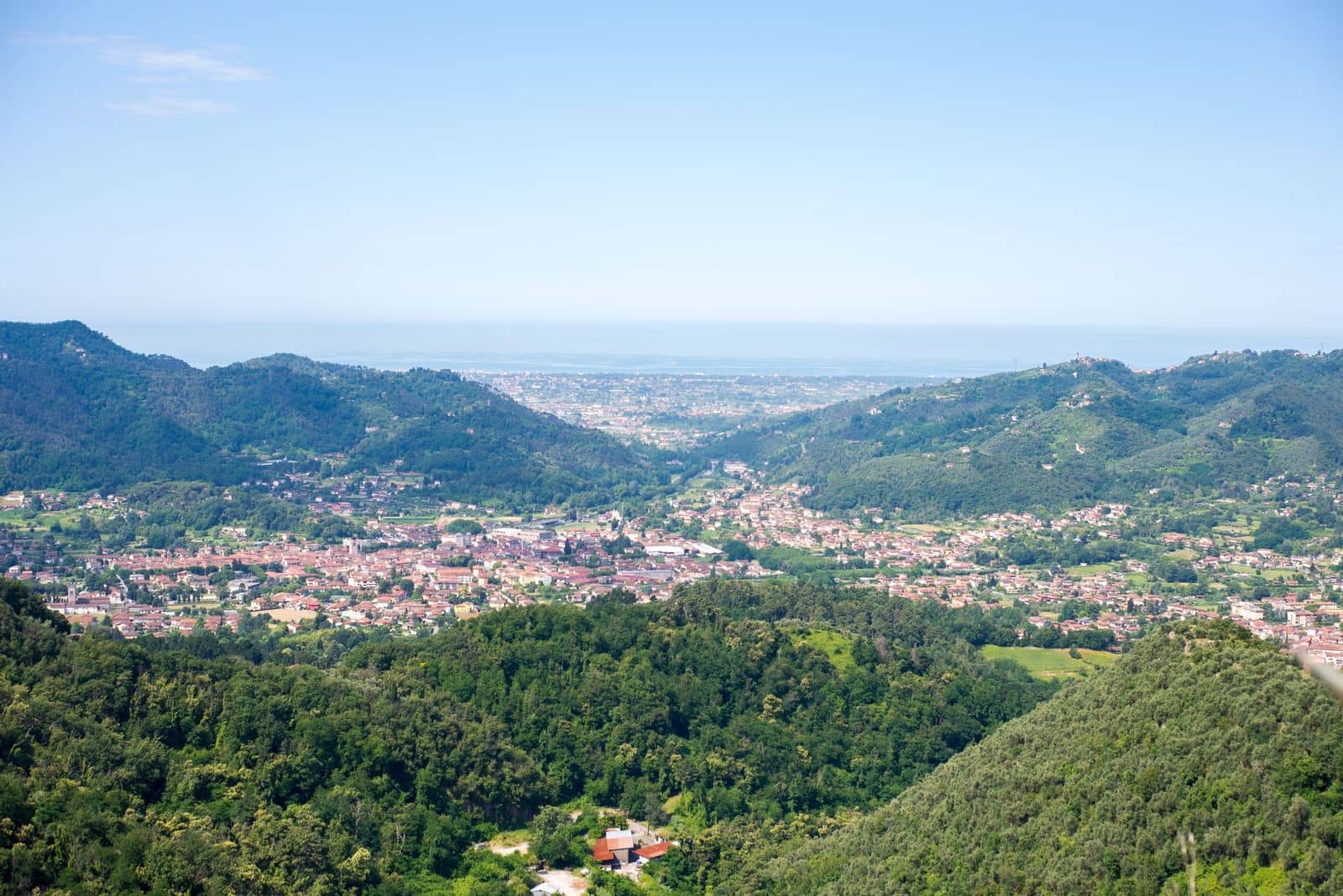
Exploring Italy’s Subterranean Marvel: The Carrara Caves
Exploring Italy’s Subterranean Marvel
The Carrara Caves
Italy, a land of breathtaking landscapes and unparalleled beauty, is home to some of the world’s most iconic cultural and natural wonders. While many flock to marvel at the artistry of Michelangelo’s David or the grandeur of the Colosseum, there exists beneath the surface a hidden gem that captures the imagination in a different way: the Carrara Caves. Nestled in the majestic Apuan Alps of Tuscany, these caverns of marble offer a glimpse into the geological history of the region and the centuries-old tradition of marble quarrying.
A Geological Wonder
The Carrara Caves are renowned for their abundance of high-quality marble, a metamorphic rock prized for its beauty and versatility. Formed over millions of years through the slow crystallization of limestone, the marble deposits in this region are among the purest in the world, prized by artists and architects for their luminous white color and fine texture.
Visitors to the Carrara Caves can witness firsthand the remarkable geology that has shaped this landscape. Guided tours take visitors deep into the heart of the mountains, where they can marvel at towering chambers adorned with intricate marble formations. Stalactites and stalagmites glisten in the dim light, casting an ethereal glow upon the subterranean world below.
A Legacy of Craftsmanship
But it is not only the geological wonders that draw visitors to the Carrara Caves; it is also the rich history of marble quarrying that has shaped the culture and economy of this region for centuries. The tradition of extracting marble from these mountains dates back to Roman times, and the techniques used by modern quarrymen are not so different from those employed by their ancient predecessors.
Today, the Carrara Caves are still active quarries, where skilled artisans continue to extract marble using a combination of hand tools and machinery. Visitors to the caves can witness the intricate process of quarrying firsthand, from the initial extraction of raw blocks to the careful shaping and polishing of finished slabs.




A Cultural Legacy
The marble quarries of Carrara have left an indelible mark on the cultural landscape of Italy and beyond. The gleaming white stone has been used to create some of the world’s most iconic works of art and architecture, from the Pantheon in Rome to Michelangelo’s masterpiece, the Statue of David. The Carrara Caves themselves have served as inspiration for countless artists, writers, and poets, who have been captivated by the otherworldly beauty of these subterranean realms.
In addition to its artistic legacy, the marble industry has played a vital role in the local economy, providing employment and sustenance to generations of quarrymen and craftsmen. Today, the Carrara Caves continue to draw visitors from around the world, eager to explore this unique intersection of natural wonder and human ingenuity.
Preserving a Precious Resource
As we marvel at the beauty of the Carrara Caves, it is essential to remember the importance of responsible stewardship and conservation. The marble industry, while a source of economic prosperity, also poses environmental challenges, including habitat destruction and air and water pollution. Efforts are underway to mitigate these impacts and ensure that future generations can continue to appreciate the splendor of this natural treasure.
In exploring the Carrara Caves, we are not only witnessing the geological wonders of the Earth but also paying homage to the enduring legacy of human creativity and craftsmanship. It is a reminder of the profound connection between nature and culture and the timeless beauty that can be found in the most unexpected of places. So, whether you are an art enthusiast, a nature lover, or simply a curious traveler, a visit to the Carrara Caves is sure to leave you awe-struck and inspired by the majesty of Italy’s subterranean marvels.












